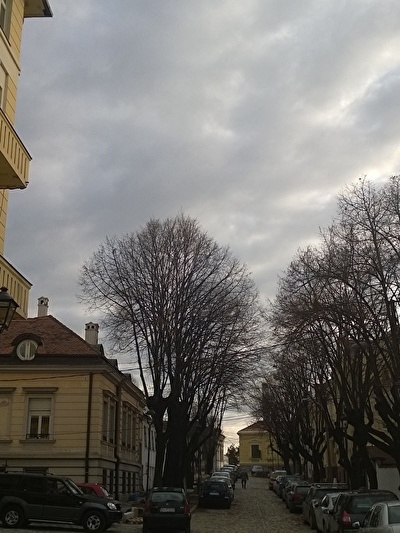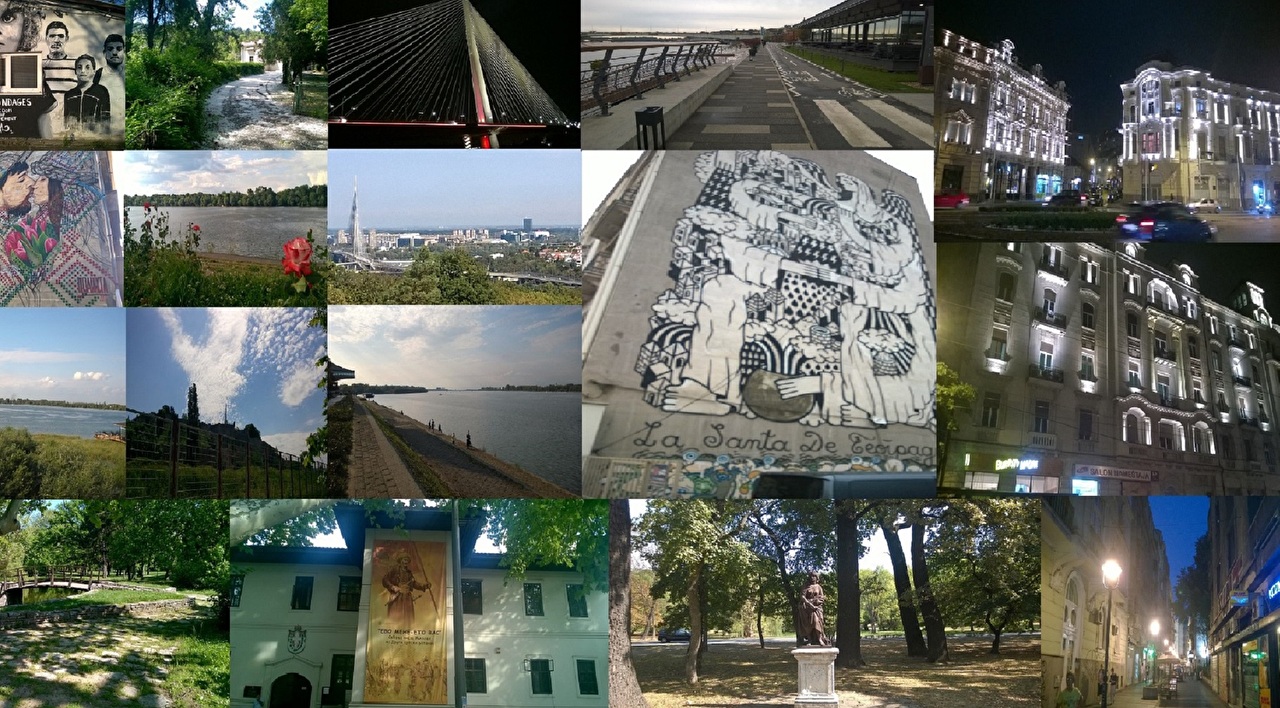
Kosančićev venac
Kosančićev venac is the name of the street but it is also the name of area around the street. Kosančić is surname of historical person and “Venac” means wreath, a circle.
Belgrade is divided on two major sections, river Sava is natural line between sections. South section is the old one, “Old Belgrade”, and the north part is recently built in XX century and it’s official name is New Belgrade. Kosančićev venac is situated in the old Belgrade and it is near most popular touristic spots, Belgrade’s fortress and Knez Mihajlova street. Most of the buildings are constructed in XIX century and this is one of the most beautiful parts of Belgrade with streets made of small stones. The street is named after Ivan Kosančić, hero from Kosovo battle which took place in 1389 where Serbs fight against powerful Otoman empire. These streets, causeways, are one of the trademarks of Belgrade. When you mix old buildings with causeways, geographical location with history, you get the best of Belgrade. Every building in Kosančićev venac can tell us its own story, but most interesting story is about building which does not exist anymore. National library was on the place where today you can see ruins only. It was destroyed in German bombing in second world war in 1941. with most of the books in it. In memory to National library these ruins are still here. Maybe not much longer since city has a plan to build replica of National library on the same place and nearby new city art gallery with 1500 m2 which will make from Kosančićev venac Belgrade’s Monmartr. There are more interesting stories about destruction of National library. One is that German army had National library as one of the major targets in bombing of Belgrade. Other one says that it was burned by accident, that one of the flammable bombs which were dropped on near military barrack hit accidentally second floor of the National library. Both stories agreed that building was locked during bombing and that nobody was in there to prevent fire. Neighbors tried to put fire out but could not open the door. Another interesting building is Kosančićev venac 19. This building was art studio, of one of our biggest painters in XX century, Olja Ivanjicki. She was born in Serbia and her parents were Russian emigrants. Olja used to say that nothing can’t replace sunset from her balcony on Kosancicev venac. At the end of the street on the left there is Velike stepenice street which are actually big stairs which lead all the way to Karađorđeva street and port for passenger’s boats. Important historical buildings are situated on the edge of area of Kosančićev venac.Princess Ljubica’s Residance was built in 1830. Princess Ljubica was a wife of Prince Miloš, one of the Serbian leaders who had crucial role in liberation from Ottoman empire in XIX century. According to Wikipedia “The building residence is one of the most remarkable among the preserved examples of civil architecture in the first half of the 19th century inBelgrade.” The Cathedral Church of St. Michael the Archangel, “Saborna crkva”.is located on intersection of Kralja Petra and Kneza Sime Markovica Streets. It is important historical monument. It was a place of reunion in first half of XIX century during liberation from Turkish rule. Across the street is Building of the Patriarchate which administrative seat of the Serbian Orthodox Church. In the same building is a Museum of Serbian Orthodox Church. When you visit Belgrade next time, or first time, you must visit Kosančićev venac, I really hope reconstruction will be finished, you will feel calm and relaxed.
